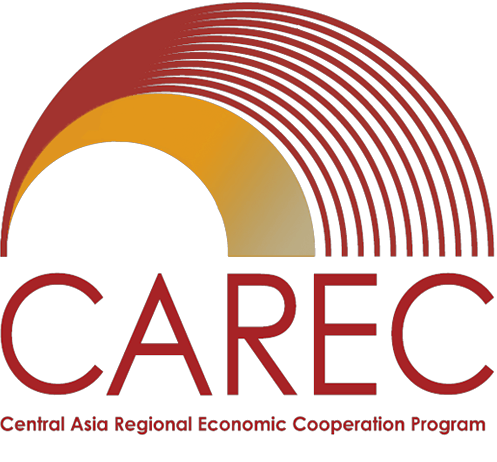Economic Corridor Development
Developing economic corridors is a priority for the CAREC Program, which has funded infrastructure connectivity among member countries for more than a decade. As CAREC member countries become more developed and connected to each other, they can benefit by cooperating at a higher level by linking markets, ideas, and people.
Economic corridor development (ECD) can be instrumental in promoting the regional cooperation agenda. ECD is concerned with the spatial organization of economic activities. It brings together existing and new infrastructure, policies, and institutions to attract private investment that will create jobs and encourage growth. Infrastructure requirements encompass transport networks (primary and secondary roads, railways, ports, airports), energy, information and communication technology, urban infrastructure, and economic zones.
ECD overlaps naturally with urban development: it supports the growth of large economic clusters, which are typically urban, and improves links between urban clusters, and between urban and rural areas.
- What is an economic corridor?
It is not a particular road. Economic corridor development does not consist of building or promoting commercial establishments on or along a particular road.
An economic corridor is a spatial concept. It defines a geographic region dedicated to or dominated by economic activities that may typically be focused on specific sectors such as information technology, production of specific manufactured commodities, tourism, etc.
An economic corridor includes as prerequisites a good transport network; primary and secondary roads; and other infrastructure such as power, information and communication technology, and industrial parks.
What is needed to develop an economic corridor?
Experience across Asian countries shows that a few factors are critical to an economic corridor’s success:
- Economic potential. An economic corridor cannot develop from nothing; rather, it magnifies and builds on underlying economic potential, which can subsequently attract private investment. The starting point for economic corridor development is selecting and prioritizing a target geographical area based on identified economic potential.
- Economic and technical analysis to (a) identify ways of building on economic potential and prioritize where and how resources should be allocated; and (b) identify business opportunities, infrastructure needs, and policy and regulatory prerequisites
- Political commitment and coordination among multiple stakeholders at various levels of government, diverse government agencies at each level, and countries (for cross-border economic corridor development). Political commitment at the highest levels is another prerequisite for ensuring the successful development of economic corridors.
- Sustained commitment over a decade or more. Since economic corridor development typically requires public and private investment in infrastructure, completing projects will take substantial time and resources. Successful growth of firms in the corridor can also take time.
